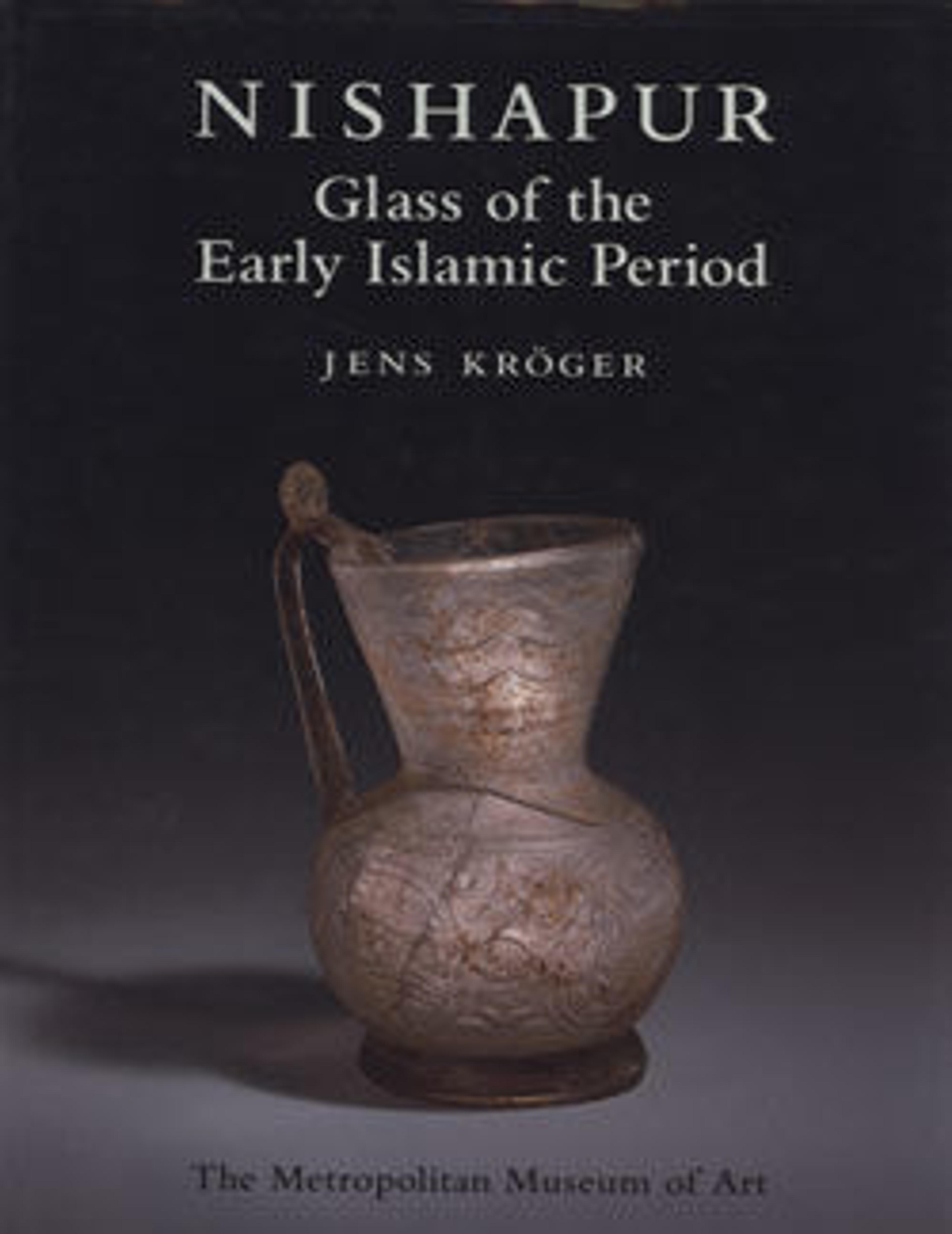Bottle
This bottle was excavated from the mound known as Village Tepe at Nishapur in eastern Iran. It represents one of several types found during the Metropolitan Museum’s excavations at the site, ranging from miniature flasks (37.40.8) to large, long-necked bottles (30.170.61). While the specific use of many of these vessels remains ambiguous, we can make educated guesses based on form. The thick yellowish glass and rather crude shape of this bottle suggest that it was made to serve a utilitarian purpose, durability being the most significant factor. Its very small mouth precludes the function of everyday drinking, pointing to other potential uses. It could have served, for example, as a sprinkler or dropper for liquids used in small amounts at a time.
Artwork Details
- Title: Bottle
- Date: 9th–10th century
- Geography: Excavated in Iran, Nishapur
- Medium: Glass, green; blown
- Dimensions: H. 5 in. (12.7 cm)
- Classification: Glass
- Credit Line: Rogers Fund, 1937
- Object Number: 37.40.28
- Curatorial Department: Islamic Art
More Artwork
Research Resources
The Met provides unparalleled resources for research and welcomes an international community of students and scholars. The Met's Open Access API is where creators and researchers can connect to the The Met collection. Open Access data and public domain images are available for unrestricted commercial and noncommercial use without permission or fee.
To request images under copyright and other restrictions, please use this Image Request form.
Feedback
We continue to research and examine historical and cultural context for objects in The Met collection. If you have comments or questions about this object record, please complete and submit this form. The Museum looks forward to receiving your comments.
